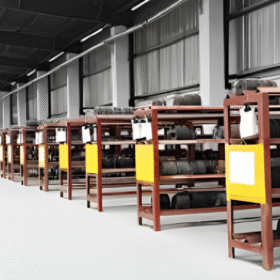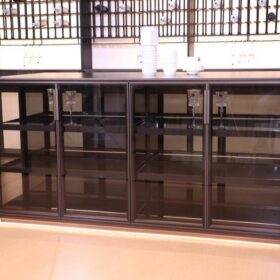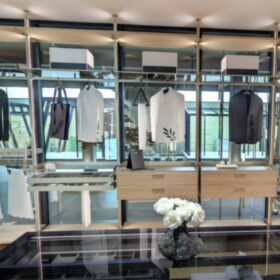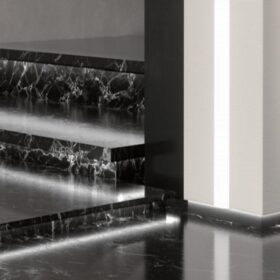Case Studies- Successful Implementations of Modern Cabinet Handles
Introduction
The modern cabinet handle has emerged as a transformative element in interior design, elevating the functionality and aesthetics of kitchens, bathrooms, and other spaces. Case Studies: Successful Implementations of Modern Cabinet Handles showcases a collection of projects that demonstrate the versatility and impact of these innovative hardware choices. This article explores the key insights and best practices revealed through these case studies, providing valuable guidance for designers and homeowners alike.
Enhance Functionality and Accessibility
Modern cabinet handles optimize user experience by improving grip and access. Ergonomic designs, such as the recessed cup handle, provide a secure hold without protruding too far from the cabinet surface. Innovative solutions like touch-to-open mechanisms eliminate the need for visible handles, promoting a sleek and minimalist aesthetic while maintaining ease of use. Additionally, the use of contrasting colors and textures can enhance visibility and grip, particularly in low-light conditions.
Elevate Visual Appeal and Design Cohesion
Cabinet handles serve as both functional and decorative elements, contributing significantly to the overall design scheme. Modern handles come in a wide range of materials, finishes, and shapes, allowing designers to create a cohesive and visually appealing look. Brushed gold handles add a luxurious touch to a contemporary kitchen, while matte black handles provide a bold and industrial vibe. By coordinating the handles with other hardware, such as drawer pulls and appliances, designers can achieve a harmonious and well-thought-out aesthetic.
Explore Innovative Materials and Finishes
Modern cabinet handles embrace a variety of materials and finishes, pushing the boundaries of design. Brushed or polished metal handles, such as stainless steel, copper, and brass, exude durability and sophistication. Natural materials, like wood and leather, bring warmth and texture to the space. Innovative finishes, such as powder coating and electroplating, enhance durability and create unique aesthetic effects. By experimenting with different materials and finishes, designers can cater to diverse preferences and create truly original designs.
Maximize Space and Organization
Modern cabinet handles can contribute to space optimization and organization. Concealed handles, such as those mounted on the inside of cabinet doors, provide a seamless and space-saving solution. Recessed handles create a flush surface, reducing the risk of snagging or bumping into the handles. The use of multiple handles on larger cabinets can improve accessibility and organization, allowing users to divide the space efficiently.
Conclusion
Case Studies: Successful Implementations of Modern Cabinet Handles provides invaluable insights into the transformative role of modern cabinet handles in interior design. By considering functionality, visual appeal, material innovation, and space optimization, designers can create cabinetry that is both practical and aesthetically pleasing. These case studies serve as a testament to the ingenuity and creativity that can be achieved when designers embrace modern cabinet handles as an essential design element.
-
2024-11-29Top Trends in Modern Kitchen Cabinet Pulls for 2024
-
2024-11-28The Ultimate Guide to Modern Kitchen Cabinet Pulls- Materials, Styles, and Tips
-
2024-11-27Elevate Your Kitchen Design with These Must-Have Modern Cabinet Pulls
-
2024-11-26Sleek and Stylish- The Best Modern Kitchen Cabinet Pulls for a Contemporary Look










